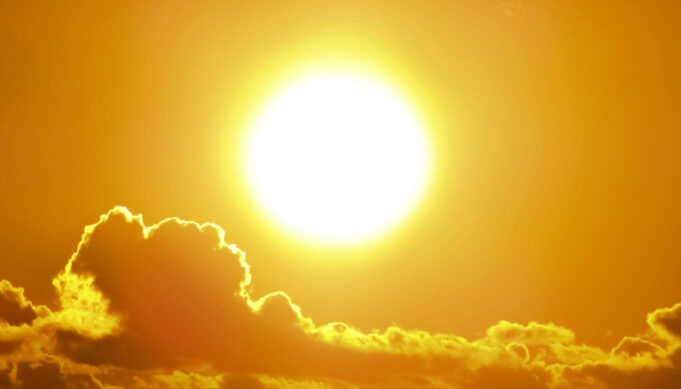AUSTIN, Texas—A heat dome that has led to nearly 90 consecutive days of triple-digit temperatures in Phoenix moved into Texas with record highs expected to fall by Aug. 24 and 25 according to the National Weather Service.
Meanwhile, energy demand in Texas hit an unofficial all-time high Aug. 20, according to data from the state’s grid operator.
A major heat alert was in place for Texas, reflecting what the weather service called “rare and/or long-duration extreme heat with little to no overnight relief.” An extreme heat alert was issued for eastern New Mexico.
A heat dome is a slow-moving, upper-level high-pressure system of stable air and a deep layer of high temperatures, meteorologist Bryan Jackson said.
“It is usually sunny, the sun is beating down, it is hot and the air is contained there,” Jackson said. “There are a dozen or so sites that are setting daily records … mostly over Texas.”
Record high temperatures were expected in cities such as Corpus Christi, San Antonio and Amarillo.
About 14.7 million people are under an excessive heat warning, with heat indexes expected at 110 degrees Fahrenheit and above. Another 10 million people were under a heat advisory.
There were 38 heat-related deaths in Texas from January through July, according to the Texas Department of State Health Services, and hundreds have already sought emergency care, according to MedStar ambulance in Fort Worth, Texas.
The service responded to 286 heat-related calls during the first 20 days of August, about 14 per day, compared to about 11 per day in August 2023, according to public information officer Desiree Partain.
Austin-Travis County EMS Capt. Christa Stedman, said calls about heat-related illness in the area around the Texas state Capitol since April 1 are up by about one per day compared with a year ago, though July was somewhat milder this year.
Earlier in August, about 100 people were sickened and 10 were hospitalized due to extreme heat at a Colorado air show and at least two people have died due to the heat in California’s Death Valley National Park. (AP)













